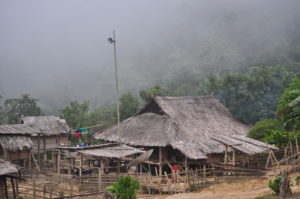
Akha Village
The Akha people in Muang Sing represnt about 47% of the population in Muang Sing District. Many of the Akha Villages are located in the hill and require a guide to visit. You can books you tours at one of the tour operators in the town.
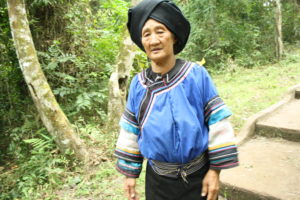
Diversity of Ethnic Group Villages
Take a guided tour by one of the local operators or hop on a bicycle for a full-day exploring Muang Sings’ town environs. On a tour you will visit 8-10 villages and learn about the rural life of different ethnic groups. The China border is only 10 km from town and makes for a refreshing journey on a bicycle. You can’t cross the border, however the scenery along the way is beautiful and worth the ride.
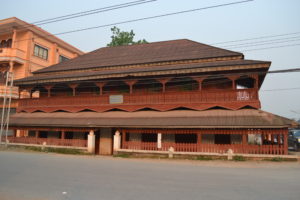
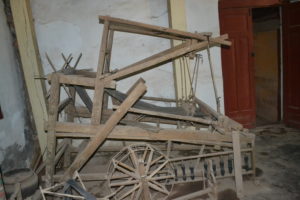
Muang Sing Museum
Muang Sing Museum situated close to the center of town, is a good place to start exploring Muang Sing’s rich culture and history. The old wood and brick building was once the residence of Phanya Sekong, a local lord called Jao Fa Noi or Little Prince, who ruled over the area in the early 20th century. The building was restored in 2005. Due to its functional structure the facade was refinished, but the clay roofing tiles that covered the residence of Phaya Sekong before were converted to a mix of corrugated iron and asbestos tiles painted red.
There is an excellent collection of traditional tools from the major ethnic groups in the area. Displayed on the building’s upper floor is an interesting variety of valuable 18 – 19th century historic and religious pieces that have been preserved by the people of Muang Sing. Open Monday-Friday from 9 to 11:30 am and 1:30 to 3:30 pm, admission fee 5,000 kip (plus 5,000 kip extra for the Akha film).

Muang Sing Morning Market
The Muang Sing Market is still the heart of the town and attracts people from the entire region to buy fresh foods and products for daily use imported from China. Best time to visit the market is between 7 and 8 o’clock in the morning: retailers from all the ethnic groups arrive to sell vegetables, fruits and meat, and Tai Lue women present their famous noodles. It’s also a great place to look for local handicrafts purchased by Tai Dam, Tai Lue and other ethnic groups. Try the local food such as soybean paste, waffles and local sweets (Kaonom – local language) often made from sticky rice and coconut.
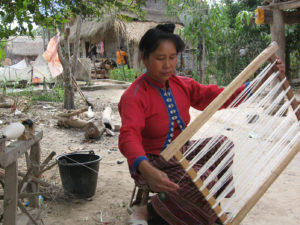
Tai Dam Weavings
Tai Dam weaving and textile production is mainly performed in Ban Nong Boua and ban Xieng Yun. Look for the large weaving looms located under or beside houses. Don’t be shy to sit down and drink a cup of tea if you are invited into someone’s home. Just remember, ask before you take photos and remove your shoes before entering a house. To show your gratitude and support local crafts you may choose to purchase one of their handmade textiles.
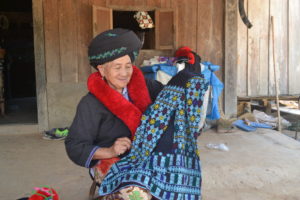
Yao Crafts
Ban Nam Mai is a Yao village close to the Chinese Border. Yao tradition is quite strong here. Every year in November/December you can see the production of bamboo paper-used for making religious ceremonies and books-in this and other nearby Yao villages. The village has developed a small handicrafts cooperative which offers a good selection of traditional Tao textiles.
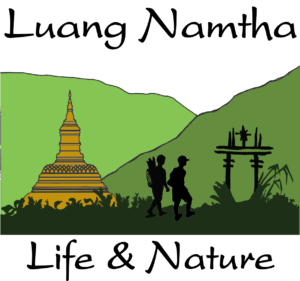





 Users Today : 188
Users Today : 188 This Month : 5095
This Month : 5095 This Year : 43416
This Year : 43416 Total Users : 43416
Total Users : 43416 Views Today : 274
Views Today : 274 Who's Online : 4
Who's Online : 4